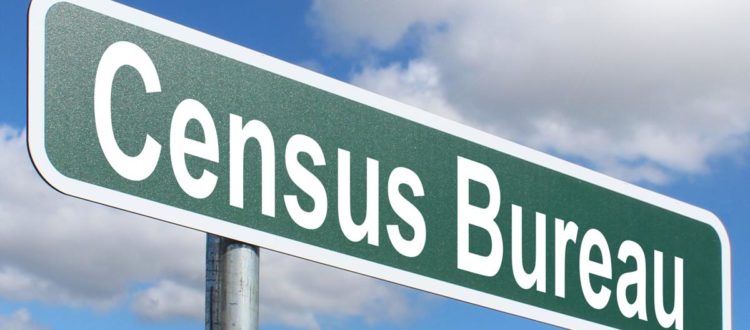Lions, Tigers, Bears and Slower Population Growth, Oh My! Takeaways from the Census Bureau Report
Published on January 21st, 2020
The Census Bureau recently released its national population estimates that the U.S. population was 328,239,523 in 2019. The report told us two things: (1) the nation’s growth rate is slowing and is now .5% per annum, and (2) the United States population grew by a huge amount between 2018 and 2019, over 1.5 million.
For Californians for Population Stabilization (CAPS), the report undeniably offers some positive news. Slowing population growth in the United States means fewer traffic jams, more space for wildlife, and fewer carbon emissions.
For alarmists in the media, the report of slower growth puts our country on the road to Armageddon. “A warning we shouldn’t ignore,” opined the Washington Post. Population expansionist William Frey warned of “demographic stagnation,” “unprecedented growth stagnation,” and the “tepid growth of the nation’s population.”
Let’s be clear about the numbers of this tepid growth. If this lower growth continues for a decade, and does not revert to higher levels, the U.S. will still increase in population by a number that exceeds the combined populations of Ireland, Uruguay, and Costa Rica.
Most industrialized countries have a relatively stable population. That’s a good thing.
Here are three key takeaways from the Census Bureau’s report:
The population of the United States continues to grow… by a lot.
In 1970, the population of the United States stood at 203 million and, in the half century since then, has increased to 330 million. America is the world’s third most populous country, behind China and India. The Census Bureau projects that the population will hit 417 million in 2060, but that assumes a reduced flow of immigration. The United States still has a long way to go towards population stabilization.
Slower growth is a result of lower birth rates and positive immigration policy.
The decline in the nation’s population growth rate can be attributed to two main factors. First, the number of births dropped in 42 states and the District of Columbia last year. The U.S. saw the number of births outnumber deaths nationwide by fewer than 1 million for the first time in decades.
Second, because of immigration restrictions and fewer refugee admissions, net international migration to the United States also dropped from the decade’s highest total of just over one million in 2016, to 595,000 immigrants.
A note of caution is warranted. Calculating net migration has several areas of potential error. Differing Census Bureau surveys have yielded different results as to the size of the immigrant population.
We could see the growth rate spike again.
One thing is clear: immigration is the driver of population growth in the United States. In 2017, the U.S. foreign-born population reached a record 44.4 million, which accounted for 13.6% of the U.S. population. By 2023, immigrants will account for more than one in seven U.S. residents (51 million)—the largest share ever recorded in American history, higher than that at the end of the Great Wave almost a century ago.
Moreover, the impact of immigration on the population extends for decades beyond the initial migration. Nearly a quarter of annual births in the United States are to immigrants. Additionally, recent studies show each new immigrant has sponsored an average of 3.45 additional immigrants.
While immigration levels have dropped since President Trump took office, Congress has yet to codify any major laws that reduce immigration levels. As a result, the next president could undo many of the Administration’s actions on immigration.





